12 Factors For Optimal Lotion Pump Selection
Before selecting a pump head for your skincare or hair care product, it’s essential to have a clear understanding of certain product characteristics, including the content formula viscosity, etc. Different types of liquids require different types of pump heads.
In addition to understanding the features of your beauty products, it’s crucial to identify the functionalities you expect and understand user habits and preferences to choose the appropriate pump dispenser.
Today, we will discuss the factors to consider when purchasing lotion pump heads. These factors not only include considerations for the brand image but also take into account consumer usage habits. Through this comprehensive buying guide, we aim to assist you in selecting suitable packaging for your beauty products.
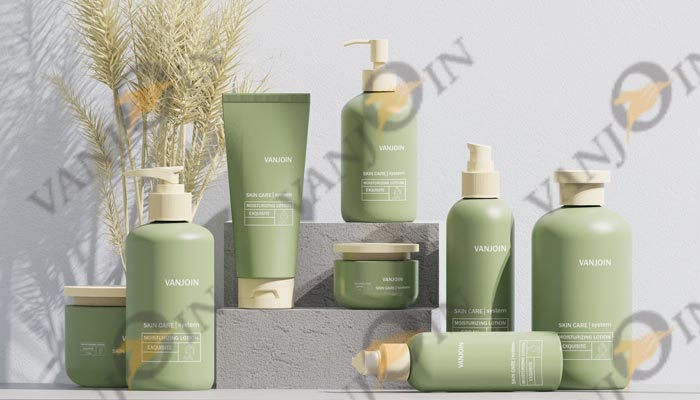
Pump Head Material
There are typically three materials used for lotion pump heads—PP, PS, and AS. However, most lotion pump dispensers on the market are made of PP due to its eco-friendliness and durability.
While PP is generally compatible with many cosmetic ingredients, compatibility tests between the ingredients and lotion dispensing pumps remain crucial.
This is because certain strong acids, alkalis, organic solvents, fragrances, etc., may still react adversely with PP, leading to changes or degradation in the pump material. Such outcomes could influence consumers’ perception of the brand and product quality.
Pump Head Color & Textures
Pump heads are produced through injection molding. Colors can be customized to match your designated Pantone shades before injection.
If you desire different textures such as wood grain, metallic, or matte finish, additional processes like water transfer printing or spray coating may be necessary after injection molding.
However, this could potentially extend lead times and increase costs. Therefore, it’s essential to balance budget and timeline expectations with your planning.
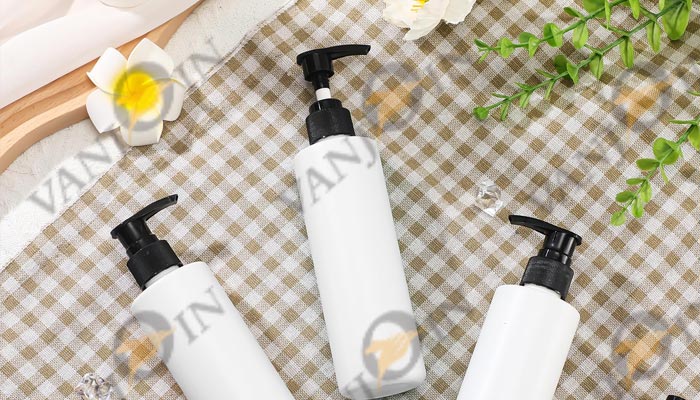
Pump Dosage
The pump dosage, or pump output, refers to the amount of liquid product squeezed out by pressing the pump dispenser once. It’s a crucial parameter in selecting lotion pumps as it directly impacts the overall user experience. For instance, shampoo with less foaming effect might require a larger pump dosage to meet users’ hair-cleansing needs.
Currently, there are various specifications for dispensing volumes in the packaging market, ranging from 0.15/0.2cc to 2cc, 5cc, and even above 10cc. (cc is the commonly used unit for lotion pump dispensing volume, representing cubic centimeters, where 1cc equals 1ml, approximately 0.03oz.)
When choosing the dispensing volume of a pump head, factors such as the fluidity, viscosity, and foaming performance of the product should be considered.
A larger dispensing volume doesn’t necessarily equate to a better pump head. Typically, shampoos and shower gels might use pump heads with dispensing volumes ranging from 2cc to 4cc, while skincare lotions tend to utilize pump heads with dispensing volumes between 0.17cc and 0.2cc.
Pump Head Neck Size
Apart from style, the most important classification for pump heads is by neck size which is also the size of the bottle neck. Common pump head sizes for skincare and hair care products in the market include 16mm, 18mm, 20mm, 24mm, 28mm, 32mm, 33mm, 38mm, etc. They may shown by width/height (20/400) where 20 is the width of the bottleneck and 400 is the type of thread.
Typically, skincare products ranging from 100ml to 200ml opt for pump heads with neck sizes of 16mm to 28mm, while 300ml or 500ml bath and body works lotion pumps commonly have neck sizes ranging from 33mm to 38mm.
Understanding these relationships between bottle capacity and pump head neck size can save significant time in pump dispenser sourcing and purchasing and also avoid unnecessary packaging design challenges.
Dip Tube Length
In usual circumstances, if you buy the overall beauty packaging (lotion bottle and pump dispenser) from the same supplier, they will have specialized tools to measure the bottle and use dedicated tools to cut the pump tube to the appropriate length.
However, if the pump and bottle are purchased separately, extra attention is needed regarding the length compatibility of the pump tube and the bottle. Here are some details to consider regarding the length of the pump tube:
* Ideally, the optimal length of the tube refers to it being able to reach the bottom of the bottle without bending after the pump head is tightened. However, for thicker products like styling gels, the pump tube length should leave a 5mm gap from the bottom of the bottle.
* If the pump tube is too long, especially for thinner tubes, its end may bend upwards, causing incomplete dispensing.
* A too-long pump tube, particularly for thicker tubes, increases the resistance to pump rotation, affecting the smoothness of lotion dispensing.
* The end of the pump tube should be cut at an angle, not flat, to avoid dispensing issues.
* There might be a margin of error in measuring the tube length, with a deviation within ±2mm considered normal.
While lotion pump bottles offer convenience in usage, a drawback is the difficulty in utilizing the product to the last drop, leading to some waste.
Many consumers opt to cut open the bottle and transfer the remaining product to wide-mouthed jars for continued use. However, cutting the bottle may pose some challenges to recycling efforts.
If you wish to provide consumers with better guidance and suggestions for using up the remaining product that is difficult to pump out, here are some possible methods without resorting to replacing the bottle with a vacuum pump:
* Use a cosmetic spatula.
* Employ an inverted bottle cap (considering the bottle’s flexibility and the product’s flow).
* Use a wide-mouthed lotion transfer bag to encase the bottle, then shake or tap the bottle to force the remaining product out into the transfer bag.
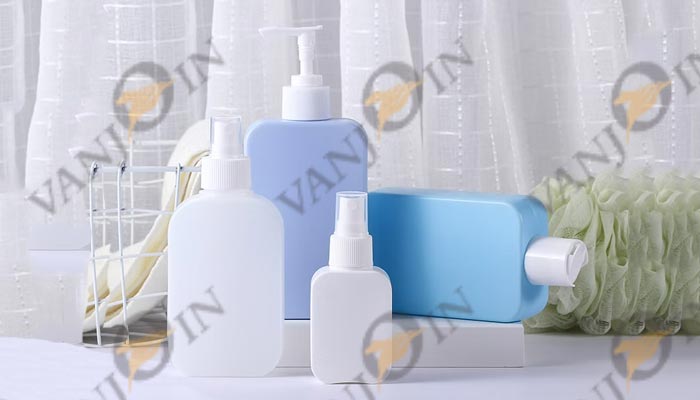
Pump Tube Design
Although the material of the lotion pump tube is mainly PP, there are rigid and flexible tubes available. Rigid tubes are thicker and prone to wear when folded in half, whereas flexible tubes are thinner and can be folded without deformation.
The flexibility of the pump tube affects its bendability, which is a crucial detail impacting the user experience. Typically, a bent tube design provides more flexibility in dispensing lotion compared to a straight tube, making it easier to access the lotion at the bottom of the bottle.
Pump Head Closure Mechanism
In the classification guide for cosmetic pumps, we’ve discussed the categorization based on the pump dispenser’s switching mechanism.
A well-designed closuer mechanism not only provides users with a convenient usage experience but also ensures the safety and convenience of the beauty product during transportation and travel. The switch mechanisms of lotion pumps generally fall into the following categories:
1. Lotion Pump With Dust-proof Cover
This type of lotion pump, combined with a dust-proof cover, is commonly used in skincare and cosmetics packaging. It not only has an aesthetic appeal but also ensures the safety and convenience of transportation and use.
2. Lotion Pump With Clip
Clip-lock lotion pumps initially gained popularity for their ease of opening and closing. However, due to the high frequency of daily use of skincare products, many people do not intend to lock them back after opening, and the small clip design is prone to loss.
Later, fixed clip-lock lotion pumps appeared on the market, which can be opened and closed by pushing, pulling, or switching, thus avoiding the inconvenience of disassembling and losing the clip. However, this kind of pump is not suitable for all skincare products, especially those with high viscosity.
3. Spiral-press Type Lotion Pump
This type of pump head is the most primitive design and relatively safe. Opening the pump head by rotating it is convenient, but closing it requires some skill—such as squeezing out the liquid inside the pump tube first, then pressing down the pump head and rotating it clockwise to close it.
4. Pump Dispenser With Switching Mechanism
This type of pump head is designed to simplify the closing steps of the pump head and can be considered an upgraded version of the spiral pump.
Since the switch pump design does not require pressing, it is less prone to accidental triggering compared to spiral pumps, reducing the risk of leakage. However, pump dispensers with switch designs are more complex, so their prices are relatively higher.
Each of the above pump closure mechanisms has its own characteristics. When making a choice, it’s necessary to weigh the practical situation and preferably conduct a pressing experience test on the pump dispenser.
Pump Head Rebound Performance
Pump dispensers typically possess a certain degree of rebound performance. The benefit of this rebound capability lies in its ability to effectively prevent liquid product leakage, thereby ensuring the sealing and safety of the beauty product.
For skincare or haircare products with higher fluidity, it’s important to test the pump dispenser’s rebound performance. This involves pressing the pump down firmly, releasing it, and timing how long it takes for the pump to fully rebound. Typically, the optimal rebound time for a pump head is within 3 seconds.
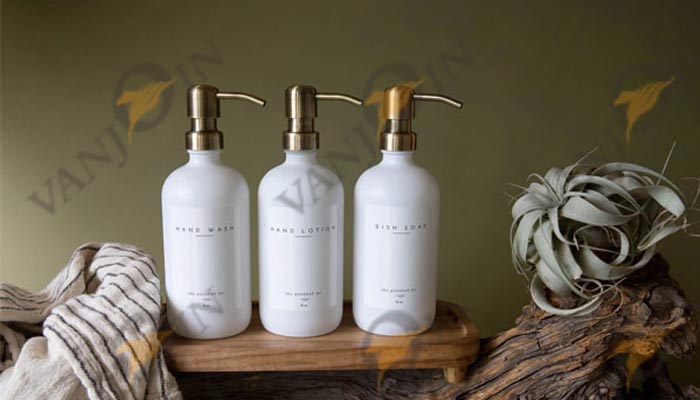
External And Internal Spring Pump
1. External Spring Pump
You can spot the central spring of an external dispenser peeking out from the outside. What’s cool about this setup is that it keeps the liquid from directly touching the bottle’s insides, which is not only eco-friendly but also super hygienic.
Plus, it is against any rusty spring mishaps, although those are about as rare as a unicorn sighting, thanks to most springs getting a special treatment.
Additionally, the external pump head usually exerts greater force compared to internal pump heads, making it more suitable for thicker liquids such as lotions.
2. Internal Spring Pump
In contrast, the spring of an internal dispenser is not visible The internal spring comes into direct contact with the liquid, and the pressing force is relatively smaller.
Therefore, pump dispensers with internal springs are typically used for products such as health supplements, essential oils, perfumes, and toners, which are closer in consistency to water.
The Pump Design
We all love innovative packaging design, but not every novel packaging can provide users with a good user experience.
Just like some unique-shaped dispenser styles shown above, they indeed catch consumers’ eyes. However, some consumers have reported that after taking off their glasses, they can’t even discern the direction of the pump nozzle, resulting in wasted product when pressing the pump.
Therefore, when considering using innovative designs, we need to consider more for users’ packaging experience. Otherwise, any creative design and powerful formula would be in vain, and designs deviating from the value of user experience may even discourage consumers from repurchasing.
The Pump Closuer Gap
In normal circumstances, the distance between the lower end of the lotion pump closure and the bottle shoulder should not be too large, typically not exceeding 1mm for aesthetic reasons. However, this distance should not be completely absent either, as it would make it difficult to determine if the pump head is properly tightened, and may lead to liquid leakage.
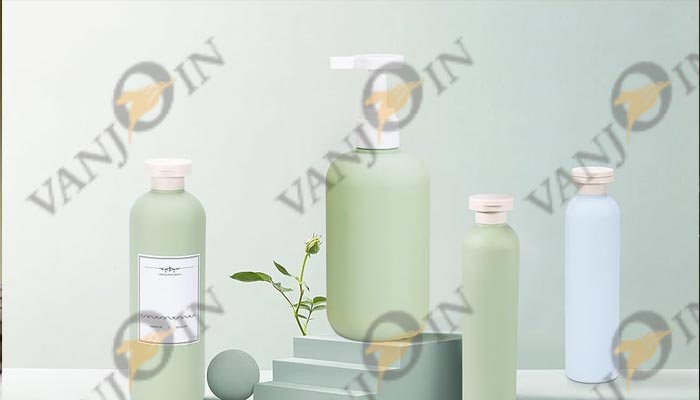
Lotion Pump Inspections
When comes to mass production, the dispensers need to undergo spot checks for relevant quality inspections. However, brand owners receiving samples can also consider conducting simple quality checks themselves.
Typically, quality testing for pump heads covers the following four operations, mainly inspecting certain performance aspects and overall protective quality:
1. Drop Test
Simulates potential impact during bath and body works lotion pump use by naturally dropping the pump head from a height of 1.2 to 1.5 meters, repeating the drop 3 to 5 times to observe if there are any signs of disintegration or rupture.
2. Transportation Test
Some pump head suppliers employ vibration machines to simulate the jolts experienced during transportation. Ideally, bottle manufacturers should provide corresponding bottles for testing, enabling better assessment of potential issues during transit.
3. Thermal Endurance Test
Since the fluidity of liquid beauty products can change with temperature fluctuations. To enhance user experience, we suggest pump heads undergo tests for heat and cold endurance.
Make sure the beauty samples are filled into bottles with the dispensers, and then placed flat in a constant temperature chamber at (±48+1)°C and a refrigerator at (-15±2)°C for 24 hours.
Specific temperature settings may vary based on actual product usage scenarios. Pump heads should function normally after returning to room temperature.
4. Fatigue Test
This involves repeated pressing of the pump head to ensure continued functionality. Typically, pump head manufacturers conduct fatigue tests by pressing the pump head 1000 to 5000 times. Alternatively, the number of presses could be defined by the volume of material consumed from the bottle. Observation of the material’s dispensing and the pump head’s continued functionality during use are crucial.
5. Leakage Test
The aforementioned tests also serve to detect any leakage. A recommended approach involves filling the bottle with actual material, tightening the pump head, and dropping it from a height of 1.2 meters, with the pump head facing upwards and the bottle’s bottom facing downwards, onto a flat surface. A dispenser with good quality should not leak or detach from the bottle or sustain damage.
Another professional method for leakage testing involves subjecting simulated liquid products to an 8-minute vacuum environment test under high pressure (-0.05 MP) and extreme temperatures (+70°C, -15°C) to check for any signs of leakage.
Related Information
